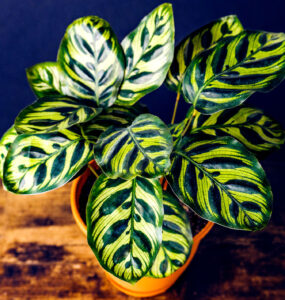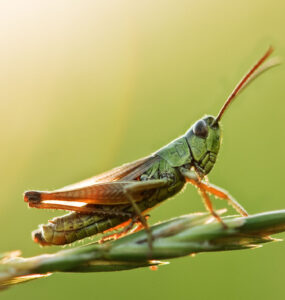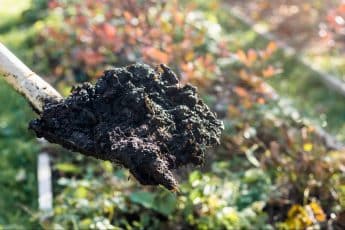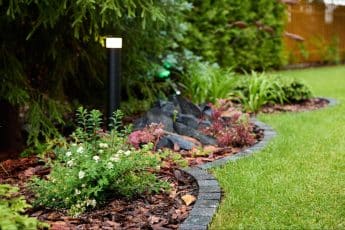Cottony Psyllid
by Rob Sproule
With the intensely cold winters we endure on the prairies, we have precious few options when it comes to statement-making shade trees. As such, it’s understandably frustrating when a 3 mm long European upstart starts messing with our Ash trees.
Cottony Psyllid, alias jumping tree lice, leapt across the pond and are showing up in Alberta, Saskatchewan, North Dakota, Minnesota, and more. We often didn’t know what caused it, but most of us have seen the once proud leaves curled up into a sad little cauliflowered clump.
Foresters on the prairies have cut and burned tens of thousands of trees in an effort to control the pest, which otherwise has no predators. Compounding the problem is that their habit of living inside folded leaves makes them devilishly difficult to hit with contact sprays like insecticidal soap.
Life Cycle
Little is known about Cottony Psyllid biology, but if it’s like most critters it emerges daisy fresh in the spring to wreck havoc on its chosen victim. The immature nymphs, which attack as soon as the leaves unfurl, do the damage as they transform the leaves into the cottony condos.
After pupating we rarely see the tiny pests, and know little about their behaviour. By that time the damage has been done to your tree, as struggles to pull in enough nutrients via crippled leaves to survive the winter.
How to Spot It
They don’t get easier to spot than this. The nymphs both suck the juices out of and inject toxins into Black ash and Manchurian ash leaves (they don’t attack Green ash), caused the leaves to collapse inwards. As the leaf curls into itself, the critters spin themselves a cottony cocoon to pupate in. The 3 mm yellow aphid-looking pest that emerges doesn’t do further damage to the tree.
How to Fight
The good news is that the psyllids won’t kill your tree directly. What they will do is take a little wind out of your boastful shade tree’s sails. The cosmetic damage has a dark side, as well, in that it reduces the amount of nutrients the tree can take in, which weakens its entire system making it susceptible to both early leaf drop and other, more serious pests and diseases.
If left untreated, the bugs will spread to more leaves and, eventually, may weaken the tree to the point that it can’t pull in enough nutrients to survive. At this point it will need to be removed and, in order to eradicated the pest fully, burned.
Cottony psyllid are only vulnerable for a short time between when they hatch and when they curl to the leaf around them. After that they are either safety ensconced or flying about and sprays won’t touch them.
You’ll need to apply insecticidal soap after bud-break but before the leaves have been significantly curled. The very short window (about a week), combined with the unfortunate fact that the damage is usually high in the canopy, makes spraying them a tricky and exacting science. No spray is effective outside of this short window.
Other than spraying, make sure to water your ash well. Healthy trees can often fight off minor infestations on their own, so as soon as the first leaves curl grab the hose and give your tree’s immune system a needed boost.
















